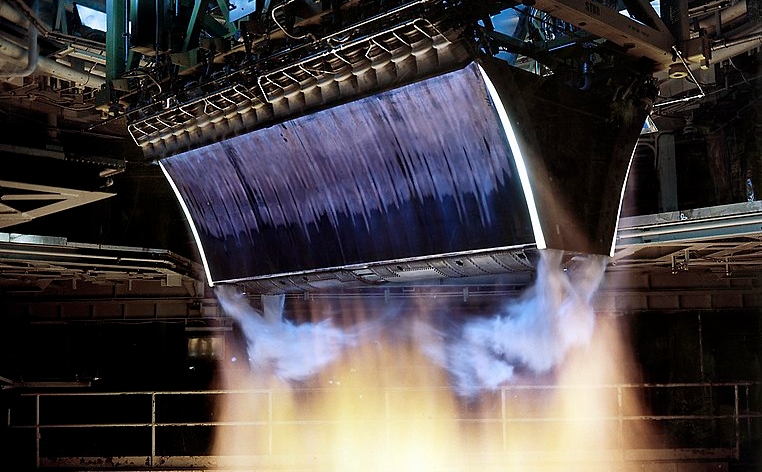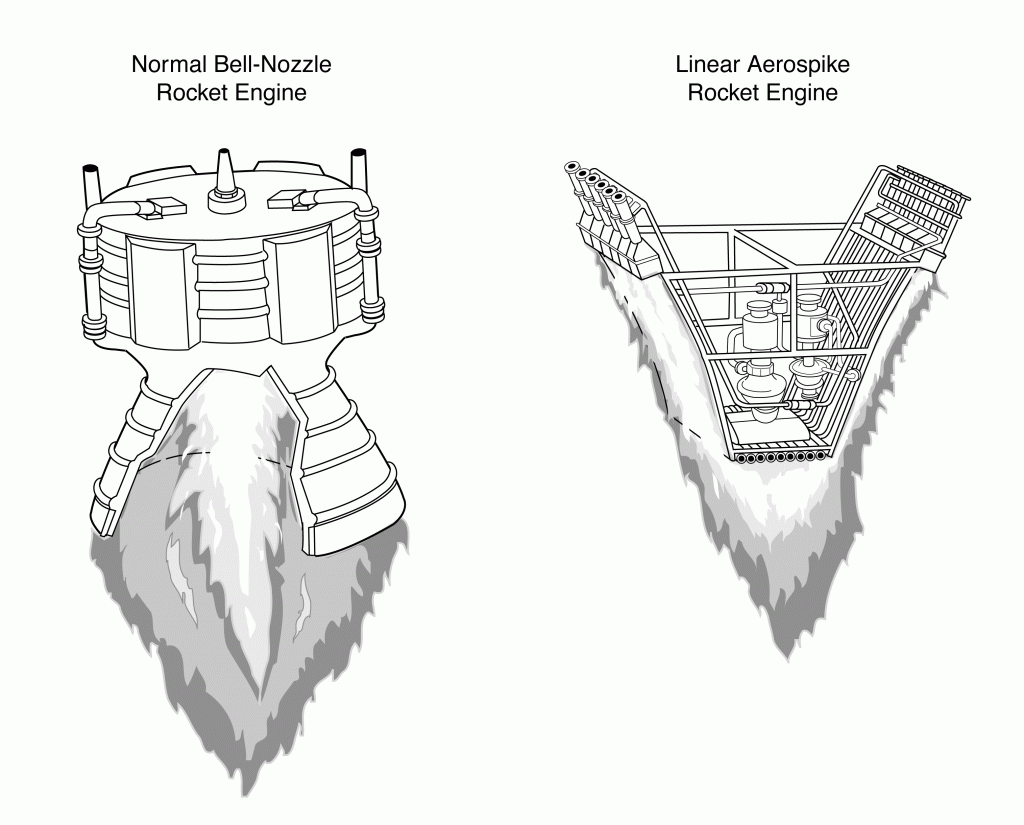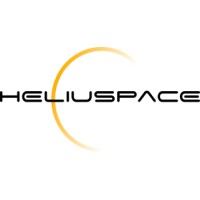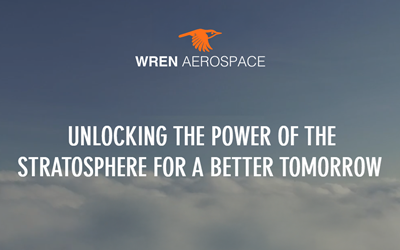
For decades the aerospike engine has been a mostly theoretical alternative to traditional bell shaped rocket nozzles. The commercialisation of space however forces this industry to look for novel solutions that can make engines more efficient at reaching orbit. Will the aerospike make its long awaited introduction after all? If it’s up to the space startup HeliuSpace, it’s just a matter of time.
This business is now incubated in the Dutch ESA BIC Noordwijk programme for space related businesses. Here, HeliuSpace is aiming to create a modular and reusable aerospike rocket engine with single-stage-to-orbit capabilities (SSTO), called Hephaestus. This helps the industry by shortening space launch turnaround times; i.e. allowing launch service providers to ‘refurbish’ launch vehicles between launches.
An aerospike engine thanks to its design has efficient thrust at multiple altitudes, and thus is considered more efficient compared to a traditional multistage rocket with bell nozzles. For instance, an aerospike engine is less complex but more compact. It also costs less and has lower emissions.
However, aerospike engines would have been the standard by now if there weren’t some challenges: the engines are heavy and are surrendered to high thermal pressure loads, which can lead to overheating. HeliuSpace has re-engineered the concept of an aerospike, to overcome these problems.
We talked to the Greek founding team of Philip Voudouris (CEO), Marwan Hussein (CTO) and Vasileios Sassanis (Head of Propulsion). Let’s learn from HeliuSpace:
Can you explain how an aerospike engine works exactly?
Marwan: The physics behind it is basically a glorified version of Newton’s 3rd law of motion (action-reaction). You’re directing as much as possible exhaust flow out the engine, in the exact opposite direction of the trajectory of the rocket itself. This way you can maximize thrust across a variety of altitudes. This is one of the benefits of the aerospike: it can adapt to itself at different altitudes to the most efficient aerodynamic state. We are creating such an engine with a slightly new design and possibly different materials.

What are the main challenges within the space industry regarding propulsion?
Philip: Building a rocket engine is obviously no easy task. And it’s a capital intensive endeavour. One of the biggest challenges within the space industry is that people are a bit uncomfortable with changing things quickly. Mainstream companies are reluctant to move from traditional methods. However we see change happening now. This philosophy in the industry is changing because more people want to be in space and/or want to have access to it. So the demand and interest grows rapidly. So, logically, we see novel technologies being accepted much faster. The aerospike previously wasn’t accepted as a mainstream propulsion system, but now there’s more interest in it.
Vasileios: Access to space is no longer considered a monopoly for scientific institutions or government purposes. The commercialisation of the space industry is going fast. All this new access to space has to be facilitated. So this opens up possibilities for open minded approaches to new technologies.
Philip: In the end the space industry will be forced to accept and adopt new technologies and methods.
How to convince the industry to use your proposed system?
Philip: First we need to demonstrate our technology with a physical prototype and we need to prove that what we’re doing is feasible for the space industry. That’s our main barrier to overcome. We must create it digitally and have a physical prototype.
What we’re also doing is convince people of the business case. If you want easy access to space – that’s where the aerospike comes in. We tell them it’s safer. We tell them it’s easier to manufacture and maintain than a bell shaped nozzle. Basically the engine has simpler components and fewer moving parts.
Vasileos: There’s no doubt of the capabilities of an aerospike – theoretically. We want to make it a reality.

Which goals does HeliuSpace have, both short-term and long-term?
Marwan: We are close to finalizing the first design. So our focus will be on testing, prototyping, anything to prove our theory. We are also in the process of submitting a patent.
Philip: On the long-term, we want to create a small engine (5 kN) to test fly on suborbital rocket.
Then we move to an even more challenging 20 kN engine, an engine that must be capable of reaching orbit on one go. In the end we want to be a solid propulsion provider to the space industry. But first we need to build our roots.
How did the idea for HeliuSpace came to be?
Philip: Marwan and I studied together at the University of Glasgow. There we started a student society called GU Orbit. We build our own cubesats there. There we came along the problem of an affordable launch. We thought there was a lot missing, and there’s a lot that can be improved. So that’s when we thought of the aerospike. And more than a year ago we met Vasileios online (and only after a year we finally got to meet him in person).
Why did you choose to be incubated in the ESA BIC Noordwijk programme?
Vasileios: There’s a variety of reasons. We all are Greek, but Philip and Marwan live in Rotterdam and I live in the UK. Recently there was an ESA BIC started in Greece as well, but when we applied, we weighed our options throughout Europe. When we saw the Dutch ESA BIC programme, we noticed it has been around for many years, and has the experience. We have seen the graduates of the programme, so we thought this was the right place for us. Also we were impressed with the Dutch space community and the focus on its network effect. That really fits the purposes of our development as well. We see being accepted into the ESA BIC Noordwijk programme as a great achievement, and an important milestone for our development.
Can you tell me about your experiences in the ESA BIC programme so far?
Vasileios: It has been really helpful so far. Now we are incubated in the ESA BIC Noordwijk programme, we noticed that it has helped us in talks with other companies. It’s basically a seal of approval by a major space institution. Also, communication with the organisation and the mentors have been great. The gatherings and workshops were useful as well.
What advice would you like to give to other starting entrepreneurs?

Vasileios: We learned a lot by asking questions to experts and people who’ve been on this journey before. So my advice would be to keep an open mind and open ears, and listen to the things people have to say. Of course you need to filter a bit, but if you keep listening, you’ll learn a lot and will avoid a lot of pain and challenges.
Marwan: Also, don’t be afraid to ask the hard questions as soon as possible.
Philip: Yes, the ones you don’t want to hear basically. The answers to those questions will help you focus.
Can you tell us something people don’t know about your company or your team?
Philip: We started our business with Vasileios without meeting him in person. A lot was done and is still done online. It proved to be an effective way.
Next to that, we all share the Greek language, but we’d like to communicate in English only. This way we get the engineering terms right and we’ll become accustomed to the international language of our industry.
What is the secret ingredient to your business?
Vasileios: It might be a bit cheesy, but it really is teamwork.
Marwan: What I like about the team is that we aim to make each other’s job easier. There’s a bit of overlap in each of our roles, so we go the extra mile to help each other out.
Philip: Next to that we all believe in what we’re doing. It’s important to follow that dream.
Last but not least, what can you tell us about the name Hephaestus for your engine?
Philip: Hephaestus was the blacksmith of the gods in Greek mythology. So it wasn’t that hard for us to come up with this name. In Greek, it also means ‘volcano’, so this name personifies the energy of our engine. It’s something we are specially forging, just like Hephaestus.
Interested in becoming a space related business? The ESA BIC Noordwijk programme helps aspiring entrepreneurs with creating their prototype or market introduction with their solution. More info:
UPDATE: Heliuspace left the ESA BIC Noordwijk programme at the end of Apr 2023.


